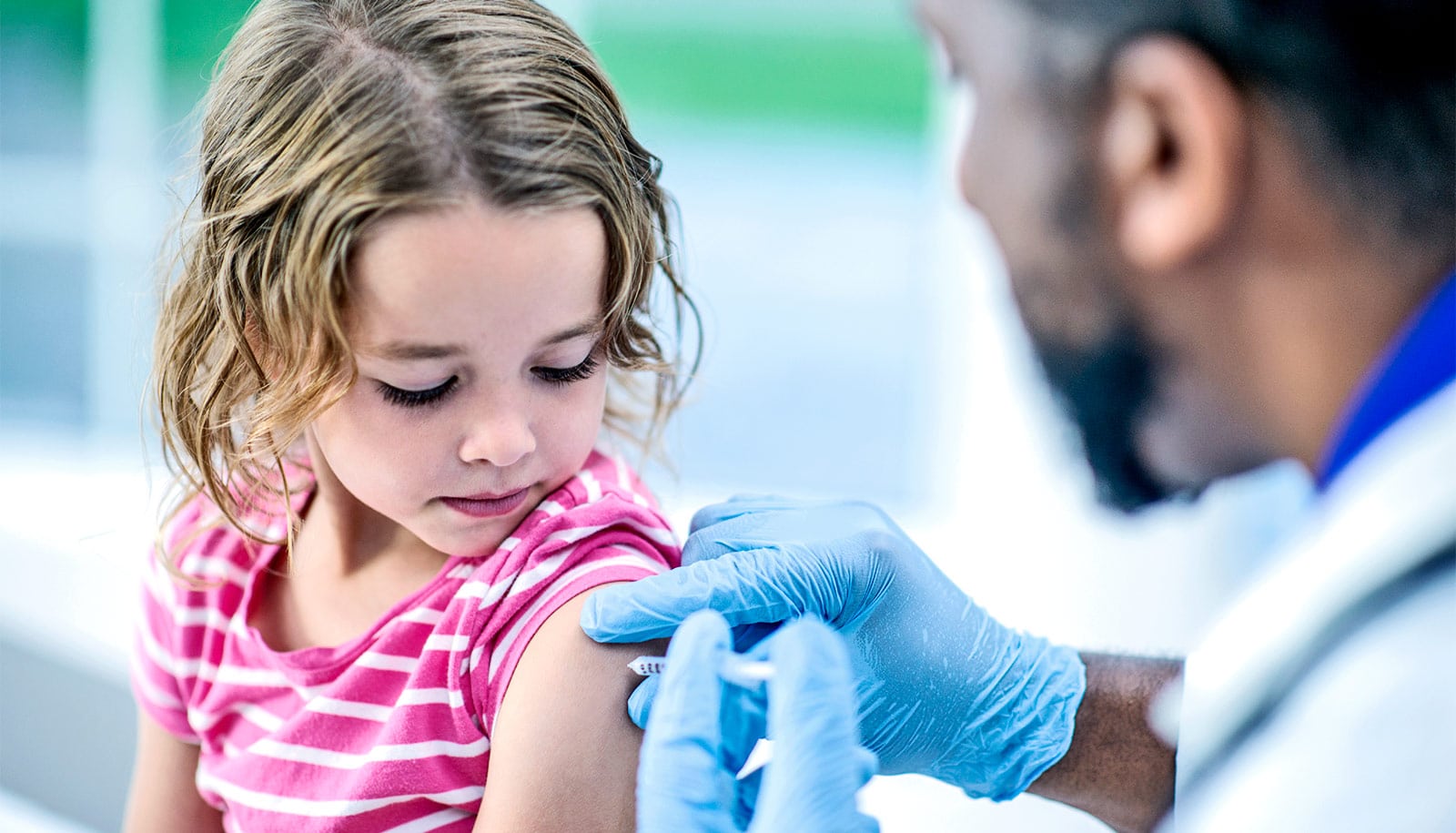Opening clinics dedicated specifically to treating influenza can limit the number of people infected and help to “flatten the curve,” or reduce the peak prevalence rate, a new study shows.
While the work focused on influenza, the findings are relevant for policymakers seeking ways to reduce impacts of the ongoing COVID-19 pandemic.
“Dedicated clinics would have less of an impact than interventions such as vaccination, but at the statewide level, we’re talking about cutting the overall number of infections by six figures,” says Julie Swann, professor of industrial and systems engineering at North Carolina State University and corresponding author of the paper on the work in PLOS ONE.
“And while our work here focused on the H1N1 strain of influenza, the findings are useful as we grapple with how best to respond to COVID-19. COVID-19 is more infectious than H1N1, and has a higher mortality rate. So I would expect the effect of using dedicated clinics to be larger for COVID-19.”
Some hospitals’ opening of dedicated H1N1 clinics during the H1N1 influenza pandemic in 2009-2010 inspired Swann and her collaborators to do the study. These clinics focused exclusively on treating patients who exhibited H1N1 symptoms.
There was some question at the time as to whether these clinics were a good use of limited resources—and it was also unclear as to whether the clinics may have had unintended consequences, such as spreading H1N1 to patients who showed up at the dedicated clinic with flu-like symptoms, but didn’t actually have the disease.
For this study, Swann and colleagues used a simulation model to address questions related to the ultimate impact of dedicated clinics during an H1N1 pandemic.
The researchers found that opening dedicated clinics reduced disease spread and hospitalizations, particularly when open during the periods of peak prevalence—when the most people are sick. Specifically, the researchers found that if dedicated clinics remained open for the entire duration of the pandemic, the clinics would have reduced the overall number of infections by 0.4-1.5%; reduced peak prevalence (or “flattened the curve”) by 0.07-0.32%; and reduced hospitalizations by 0.02-0.09%.
“For a state that has a population of 10 million, the difference in the baseline clinic case would be about 100,000 cases, with about 6,000 hospitalizations averted,” Swann says. “In other words, dedicated clinics certainly don’t make things worse, and can make things at least a little better. And these are benefits that come on top of any benefits we’d see from other, behavioral changes—such as wearing masks—which may be more difficult to implement.”
The study on dedicated clinics is part of a larger research initiative that has already published work examining issues related to vaccine distribution for adults and children, the role of mass gatherings and travel in spreading influenza, and the impact of seasons and mutation in the spread of the disease.
Additional coauthors are from Purdue University, Georgia Tech, Emory University, and Children’s Healthcare of Atlanta. Georgia Tech, Edward P. Fitts, and the A. Doug Allison Distinguished Professorship funded the work.
Source: NC State


